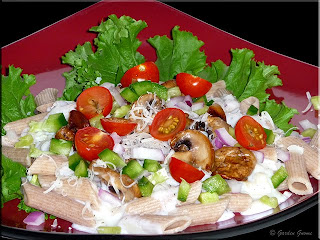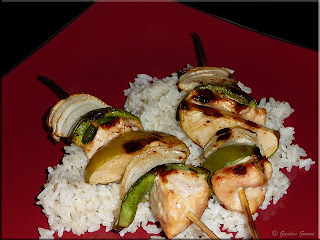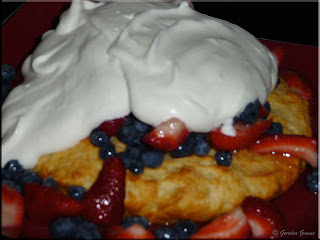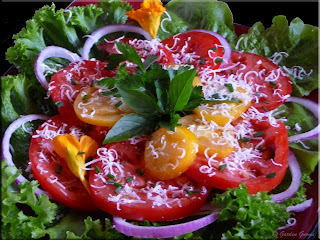
Throughout much of August I have focused on pantry stocking as the theme for Frugal Kitchens 101. Ideally by now you have been working on your personal usage list as the first step to setting up your well stocked pantry. When you are stocking your pantry two factors become critical and those are unit price and sale price. Any food bought for the purposes of stocking your pantry should have the lowest unit price and if possible combined with some type of sale discount. That being said when you are stocking your pantry there are some food items that very seldom if ever go on sale. This week's Frugal Kitchens 101 focuses on these pantry items.
When it comes to pantry items that seldom if ever go on sale is to buy at the lowest price if possible. For example if I consider 3 larger grocery stores in my area - nofrills®, Sobey's® and Real Canadian Super Store® (RCSS), nofrills® is consistently the cheapest on the pantry items that do not go on sale. Buying these same items at Sobey's® can add as much as 50% to the cost while RCSS will cost anywhere from 20-35% more. So with that in mind for me nofrills® is the best choice when stocking up on these items. However, we also have a couple of Bulk Barn® stores that I frequent when necessary because of the distance from home. Some but not all of these pantry items are cheaper bought in bulk there than from nofrills®. What this really means is you have to know your prices and know where you can get that pantry item the cheapest. The way to deal with these items is to stock up for a 1 year supply then re-stock per item once your supply gets down to the quarter mark for that item. In some cases especially just before the Christmas holiday season some baking ingredients may go on sale briefly and usually not by much so stock up enough to get you to the next sale. It also pays to check online for cheaper sources as sometimes even with shipping you can save a fair amount on these items.
Here is the list of pantry items that I have found seldom if ever goes on sale. Your list likely will differ based on your location.
- dried beans/legumes
- instant milk
- instant potatoes
- some powdered cheeses especially cheddar
- cocoa
- baking powder
- baking soda
- salt(s)
- dried herbs, spices, seasonings, seasoning blends
- flavourings (eg. vanilla extract) and colourants (eg. food colouring, gravy browning)
- some sweeteners - honey, maple syrup, fructose, sugar substitutes
- popcorn (not microwave packages)
- loose leaf teas
- most vinegars
- rices
- specialty items such as just about anything gourmet
- some flours mainly the specialty flours (eg. spelt, seminola, dark rye) and whole wheat




 Glazed Prosciutto Wrapped Shrimp
Glazed Prosciutto Wrapped Shrimp Bourbon Grilling Sauce
Bourbon Grilling Sauce Ingredients
Ingredients Grilling
Grilling Salmon and Vegetable Packets
Salmon and Vegetable Packets
 Organic Penne
Organic Penne Creamy Penne Rigate with Vegetables
Creamy Penne Rigate with Vegetables Apple Glazed Chicken Kabobs
Apple Glazed Chicken Kabobs Pickerel Dinner
Pickerel Dinner Shortcake
Shortcake Mixed Berry Shortcake
Mixed Berry Shortcake Great Ingredients
Great Ingredients The Burger
The Burger From the Garden
From the Garden Hot Pepper Jellies
Hot Pepper Jellies Hubby's Pizza
Hubby's Pizza Canadian Bacon and Pineapple Pizza
Canadian Bacon and Pineapple Pizza Fresh Off the Grill
Fresh Off the Grill On the Grill
On the Grill Asian Marinated Round Steak
Asian Marinated Round Steak Bacon Fried Chicken
Bacon Fried Chicken Frying Bacon
Frying Bacon Tomato Mixture
Tomato Mixture Farm-Style Green Beans
Farm-Style Green Beans The Barbeque
The Barbeque Barbequed Chicken
Barbequed Chicken Sliced Tomatoes
Sliced Tomatoes Corn on the Cob
Corn on the Cob Pickerel
Pickerel Pickerel Dinner
Pickerel Dinner Summer Garden Salad
Summer Garden Salad